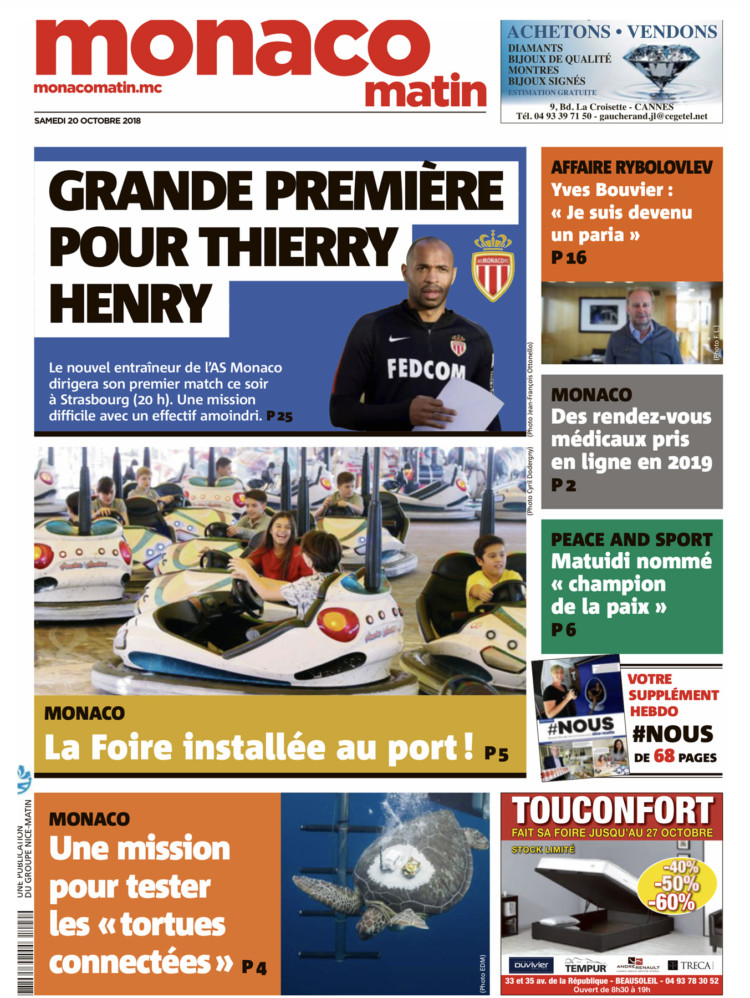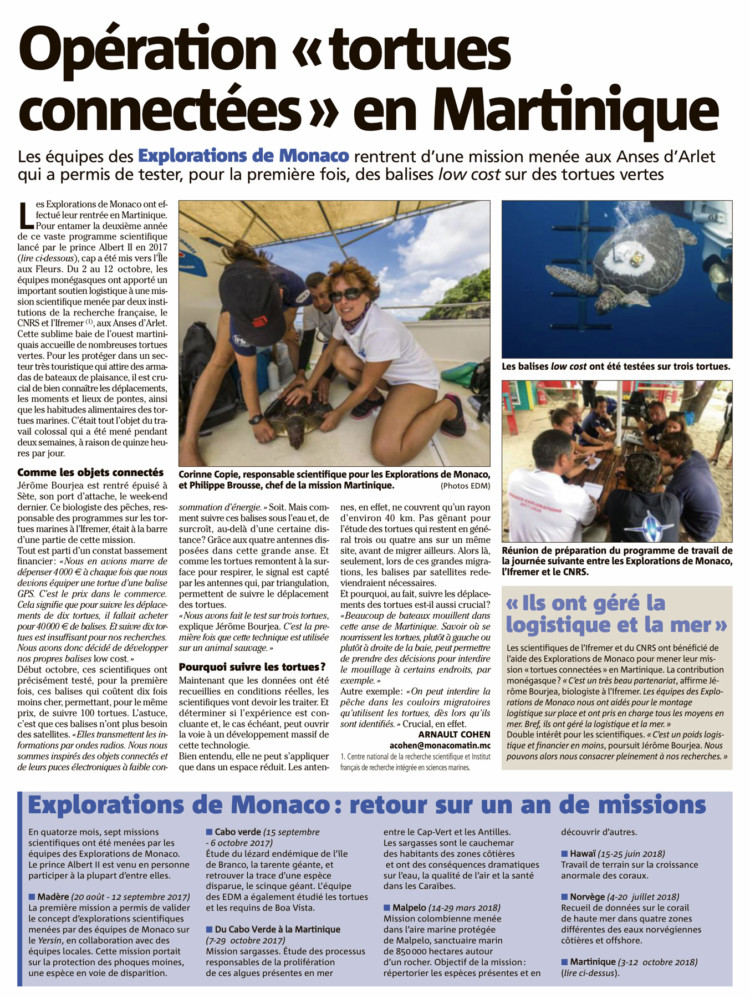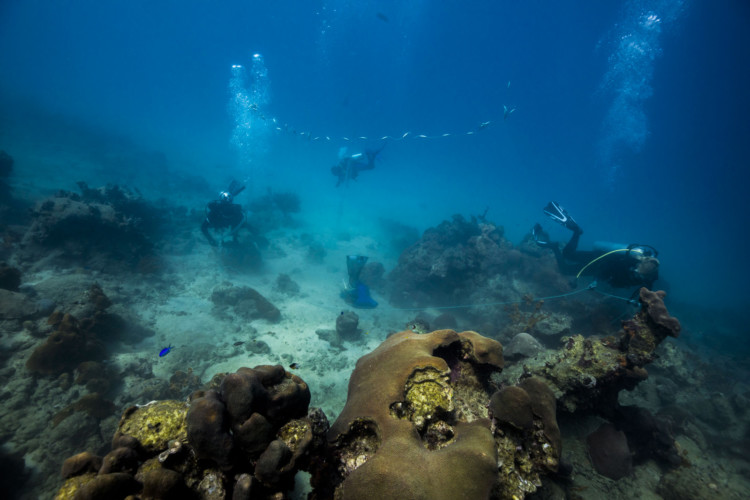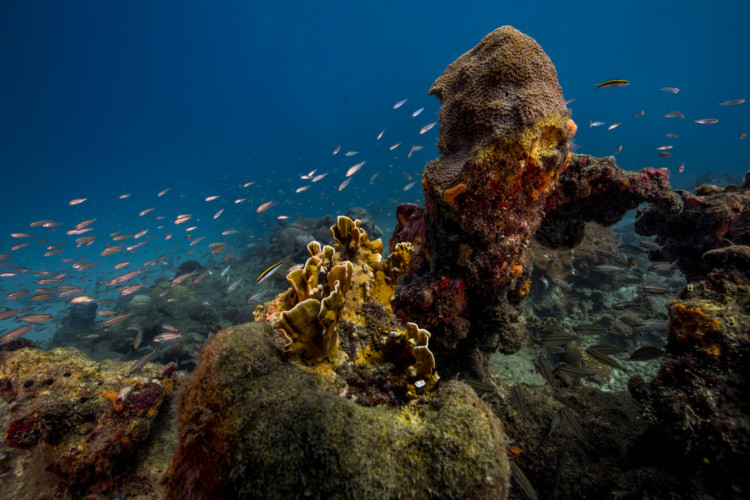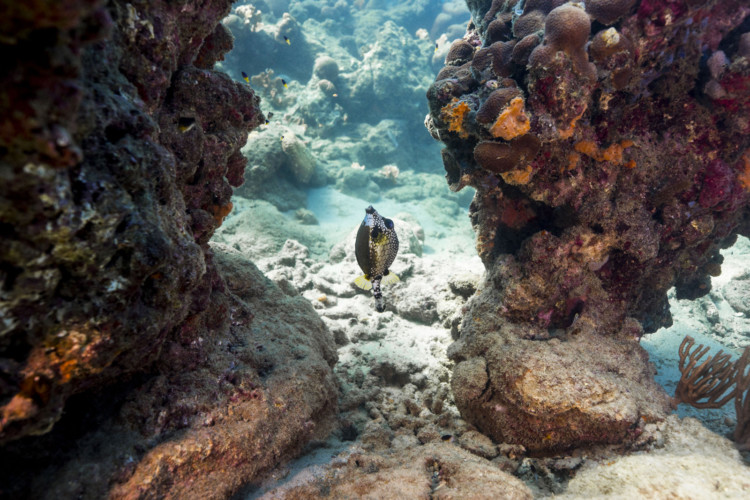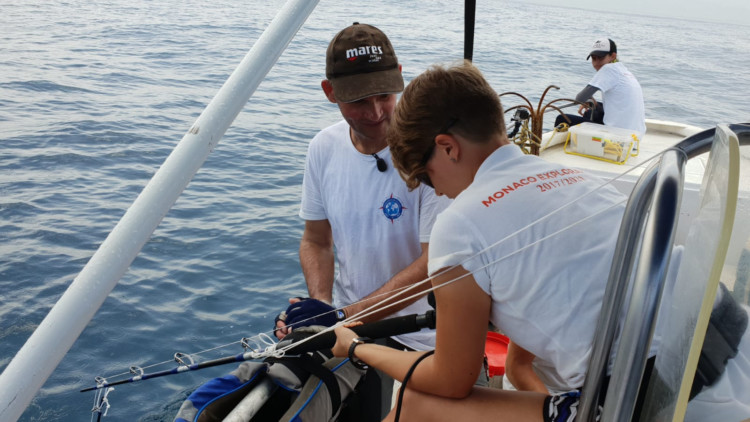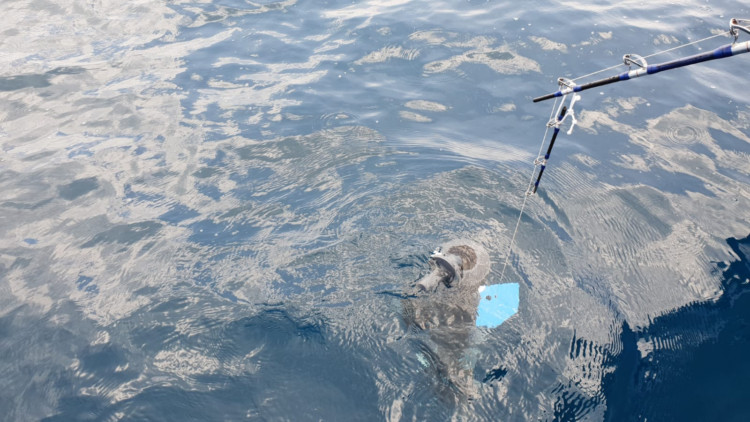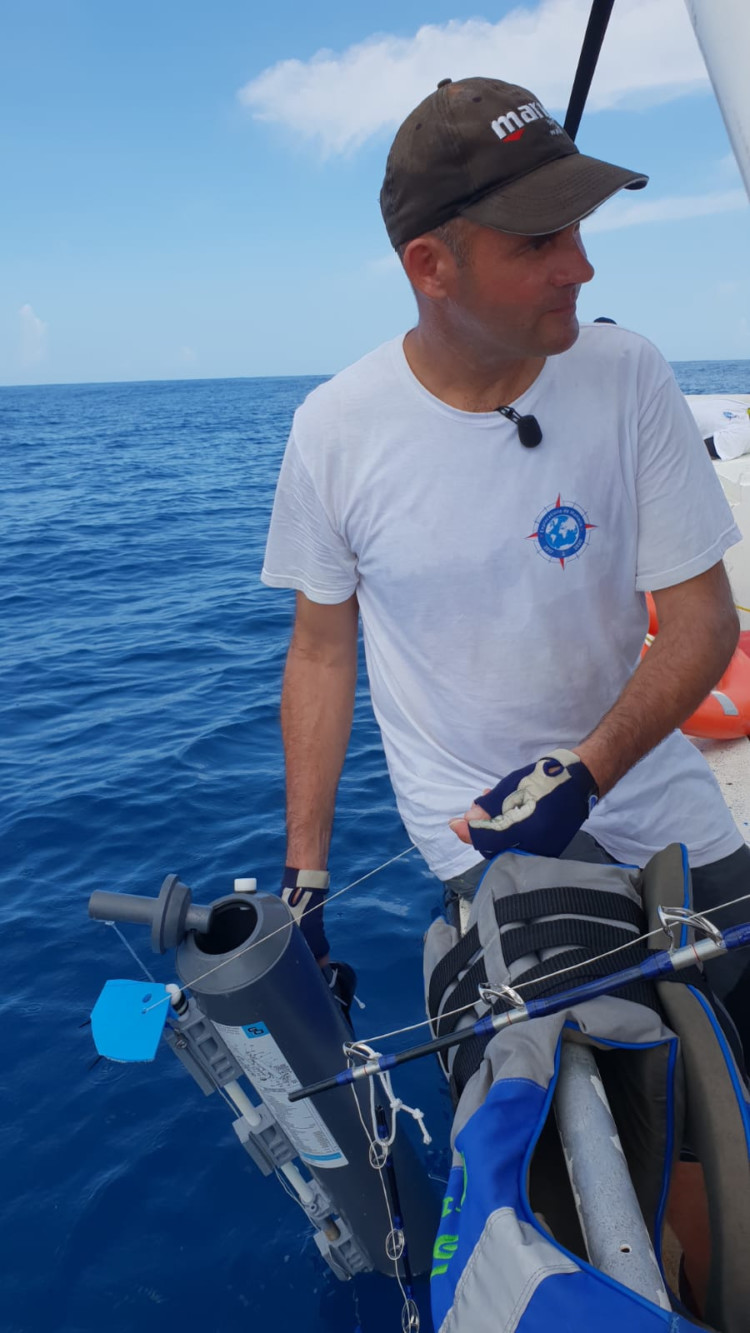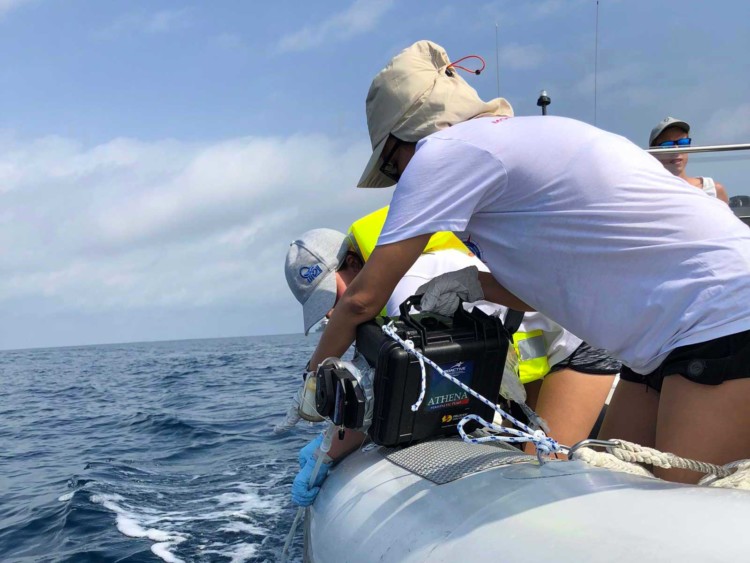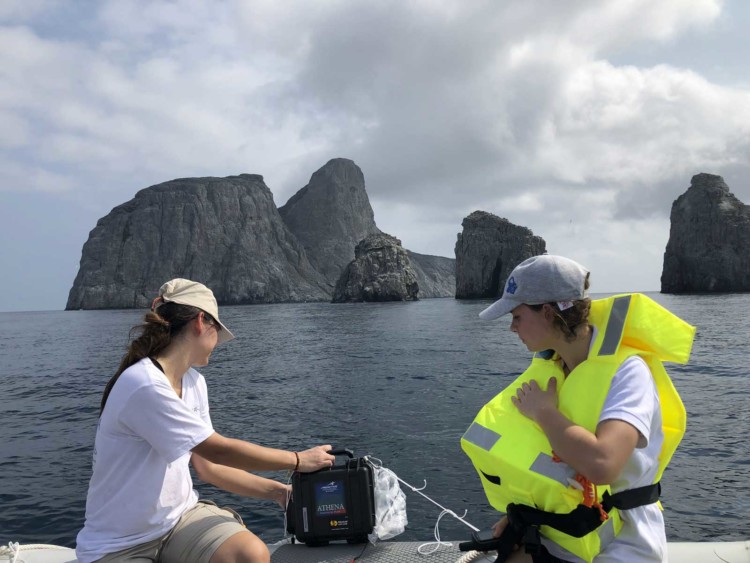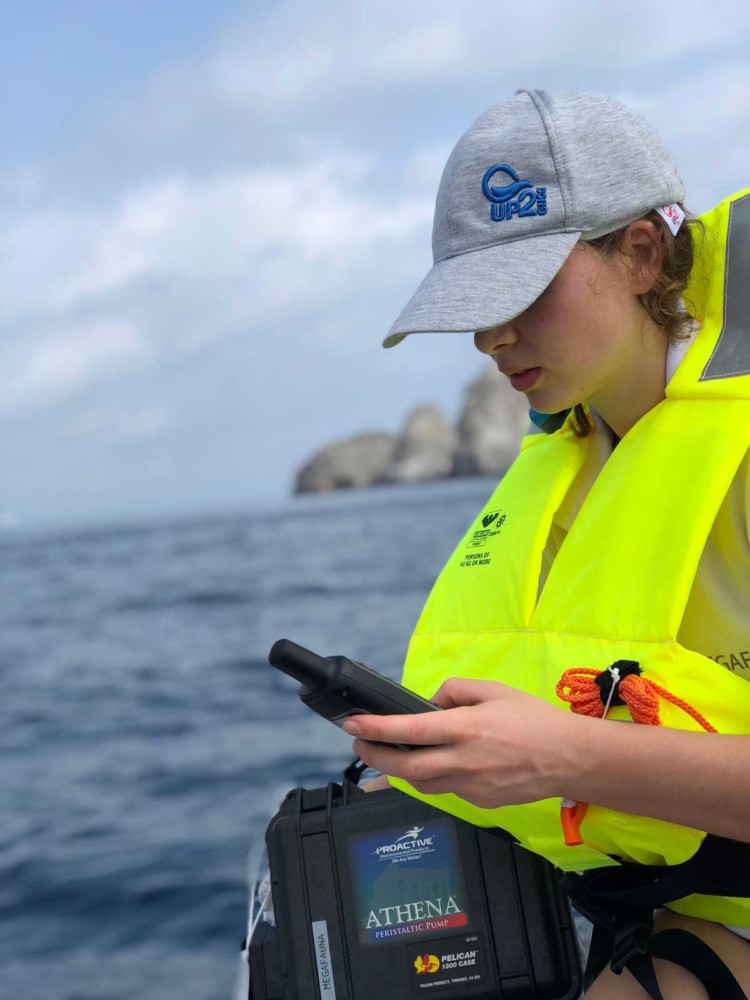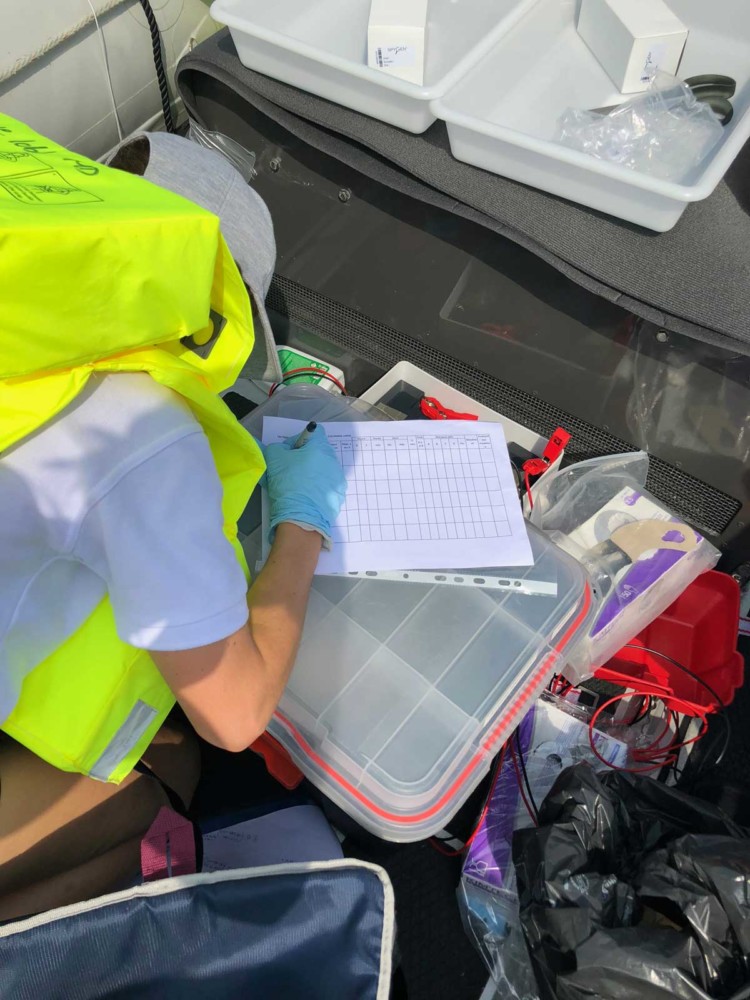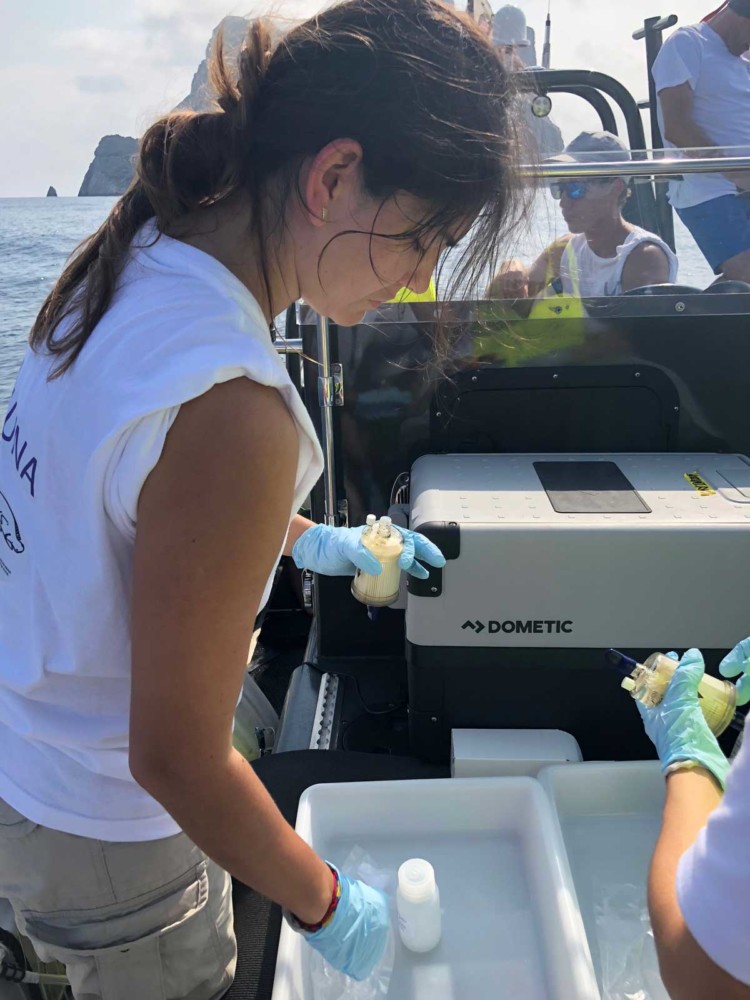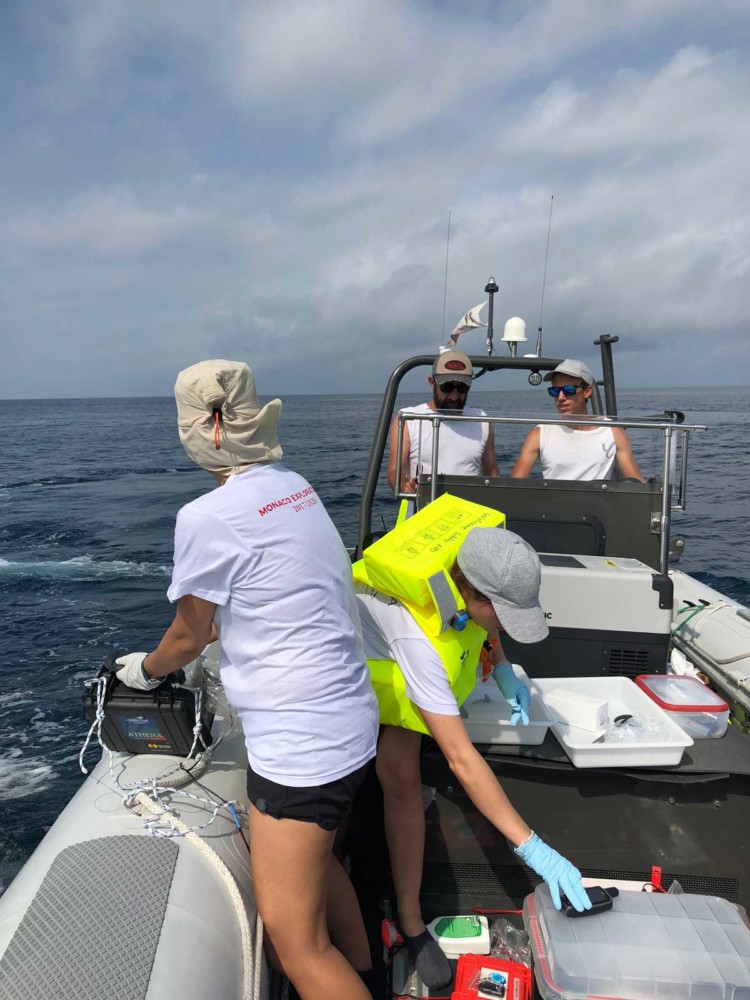For the first time, UNESCO World Heritage coral reef managers will partner with global climate resilience experts and local community stakeholders to build and embed comprehensive resilience strategies into their management of World Heritage sites.
The four-year USD$9 million initiative will build climate resilience leadership in an initial five of the world’s most treasured coral reefs and their communities, including Rock Islands Southern Lagoon (Palau), Lagoons of New Caledonia: Reef Diversity and Associated Ecosystems (France), Belize Barrier Reef Reserve System (Belize), Ningaloo Coast and the Great Barrier Reef (Australia).
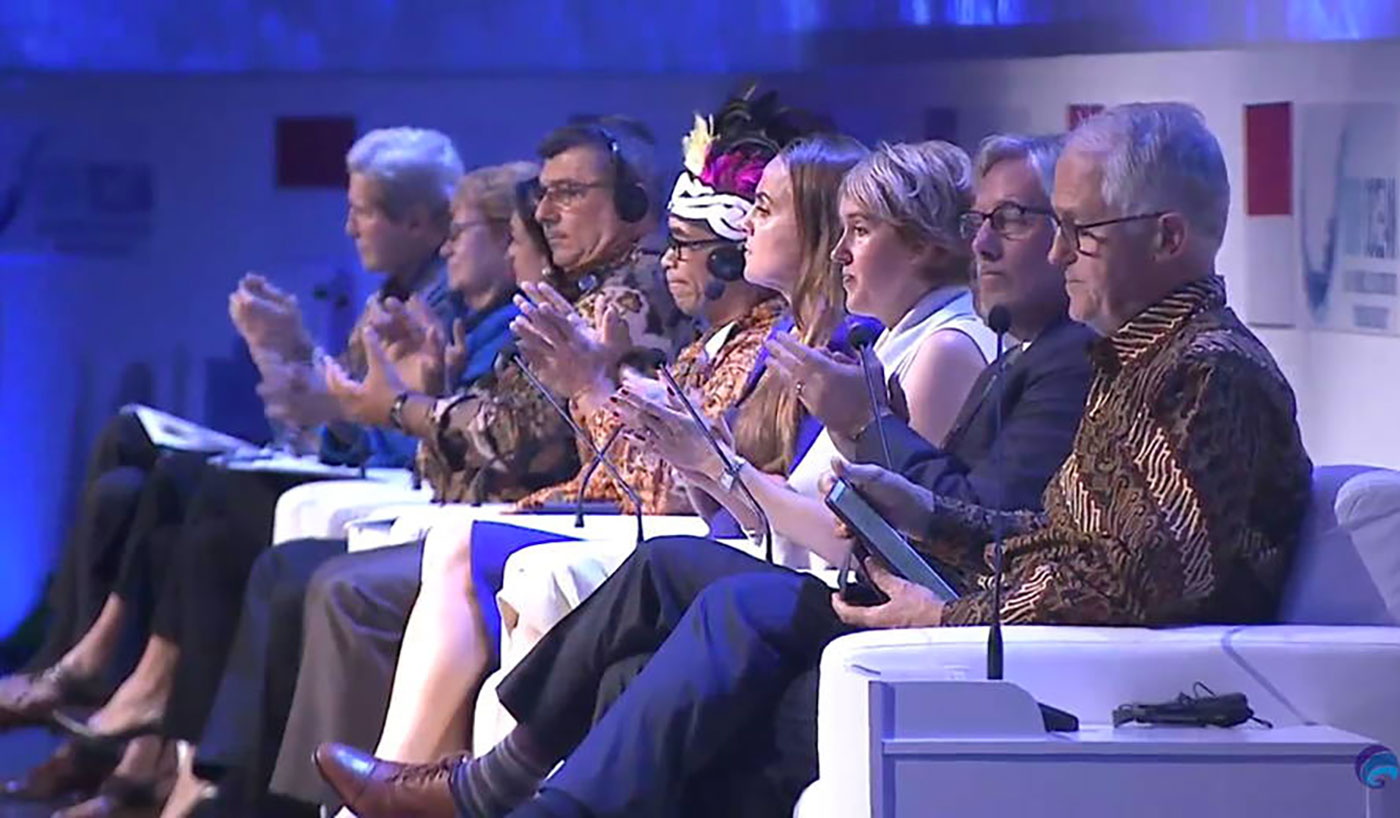
The initiative is led by an international consortium of partners, including UNESCO World Heritage Centre, the Rockefeller Foundation and its pioneering 100 Resilient Cities, BHP Foundation, the Nature Conservancy’s Reef Resilience Network, the Great Barrier Reef Foundation and the global consultancy in environmental engineering, AECOM.
The commitment was launched during the Plenary Session on Marine Protected Areas, chaired by John Kerry. The 2018 Our Ocean Conference was opened by H.E. Joko Widodo, President of the Republic of Indonesia.
Read more : http://whc.unesco.org/en/news/1894
Read post on Monaco Matin.
The team leaves their basecamp near Don Diego Village on the Columbian Caribbean coast headed toward Santa-Marta. Beginning October 14th, the team has collected 42 fish samples and spent numerous hours at sea filtering water and setting cameras to collect eDNA data.
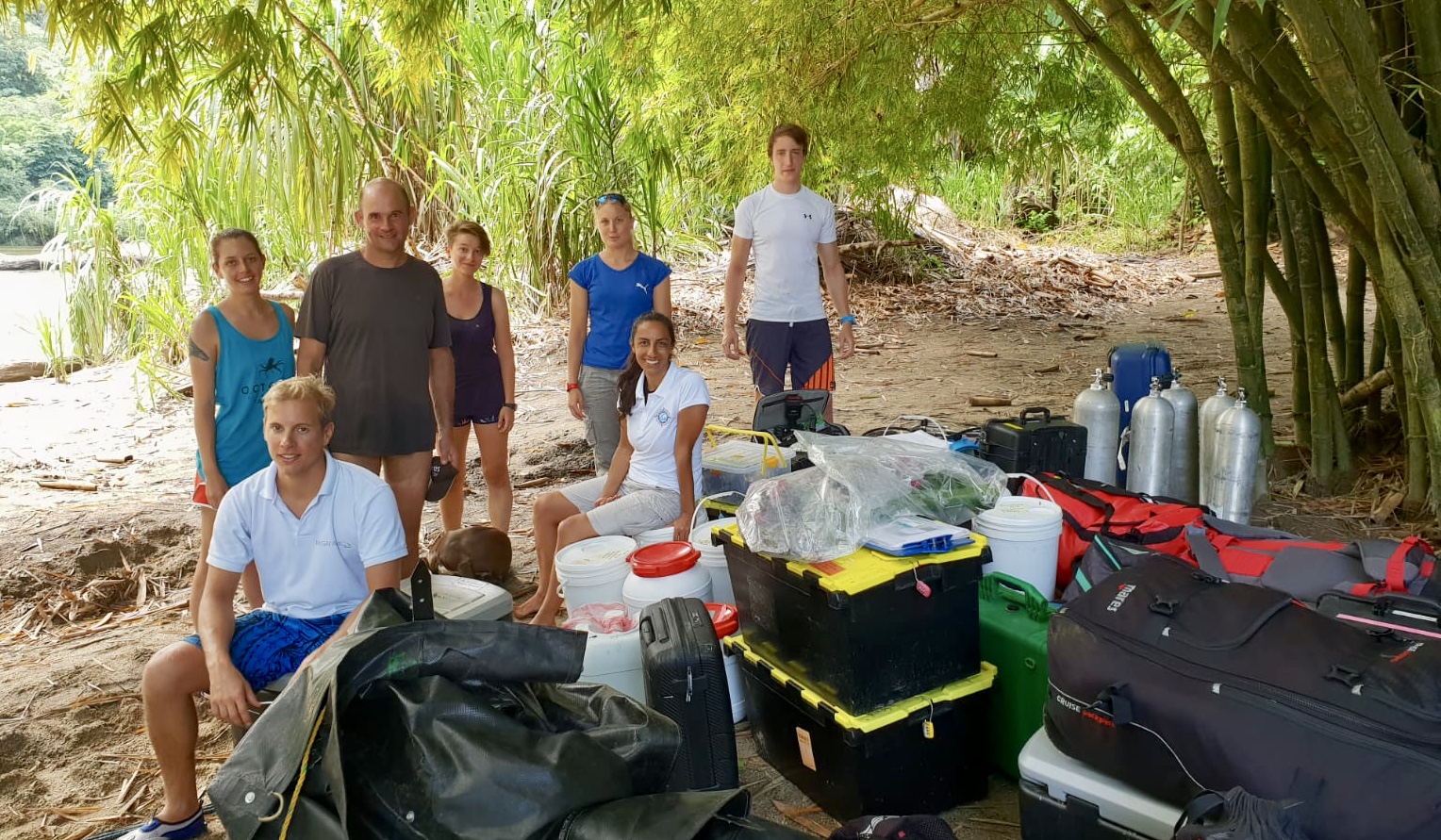
We are in Colombia on the Caribbean coast as a continuation of the work done in Malpelo in March 2018. This work is in support of the Megafauna Consortium and Invemar. This is the team’s first time collecting eDNA samples in this area, and they hope to work toward classifying this region as a marine protected area.
Photo © O. Borde / Monaco Explorations
The teams from the Malpelo Mission have returned to Colombia but this time they are on the coast of the Caribbean Sea near Santa Marta, Colombia. This relatively unstudied area is an extension of the Sierra Nevada of Santa Marta National Natural Park.
The scientific teams on site are from UMR Marbec, which combines staff from IRD, Ifremer, UM and CNRS.
The research targets on this mission are to catch fish for species identification and eDNA (species identification through genetic coding), and record species and abundance via fixed cameras on the seafloor and baited cameras. The footage from the cameras is used to cross reference the data collected through water filtering for eDNA.
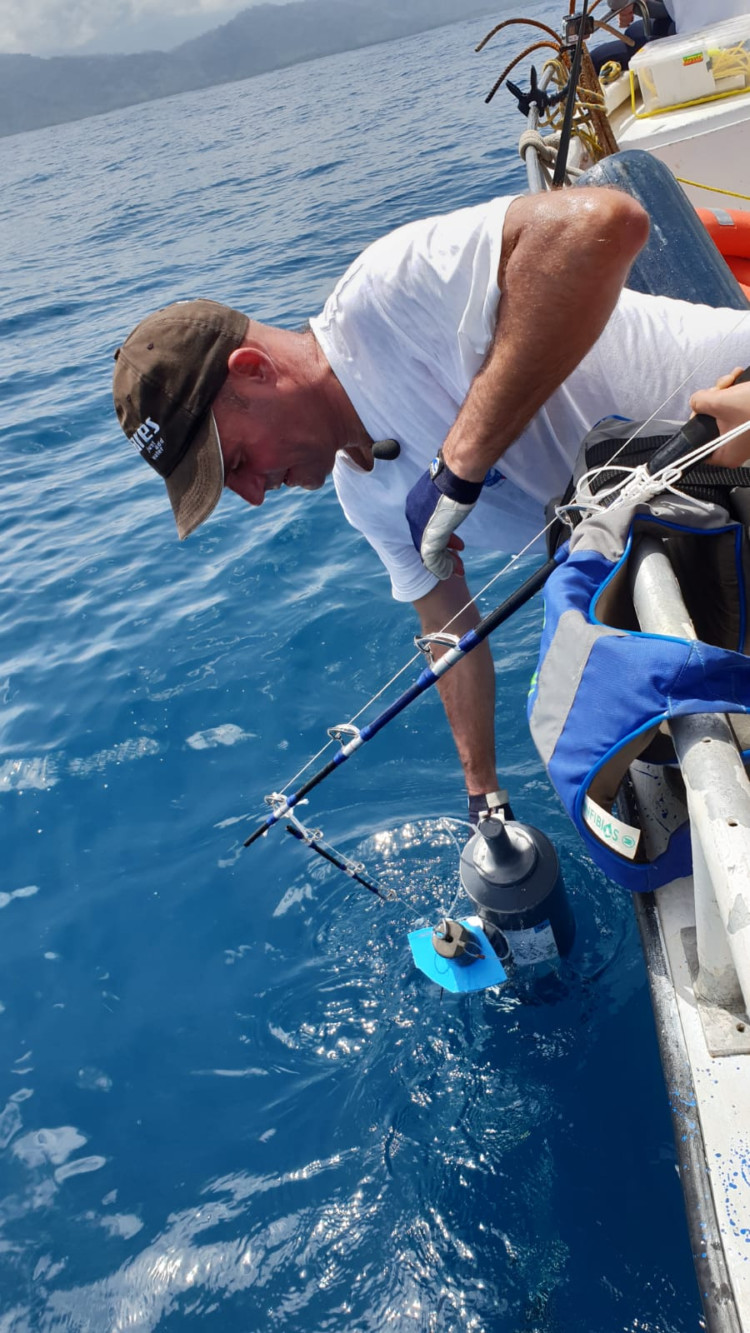
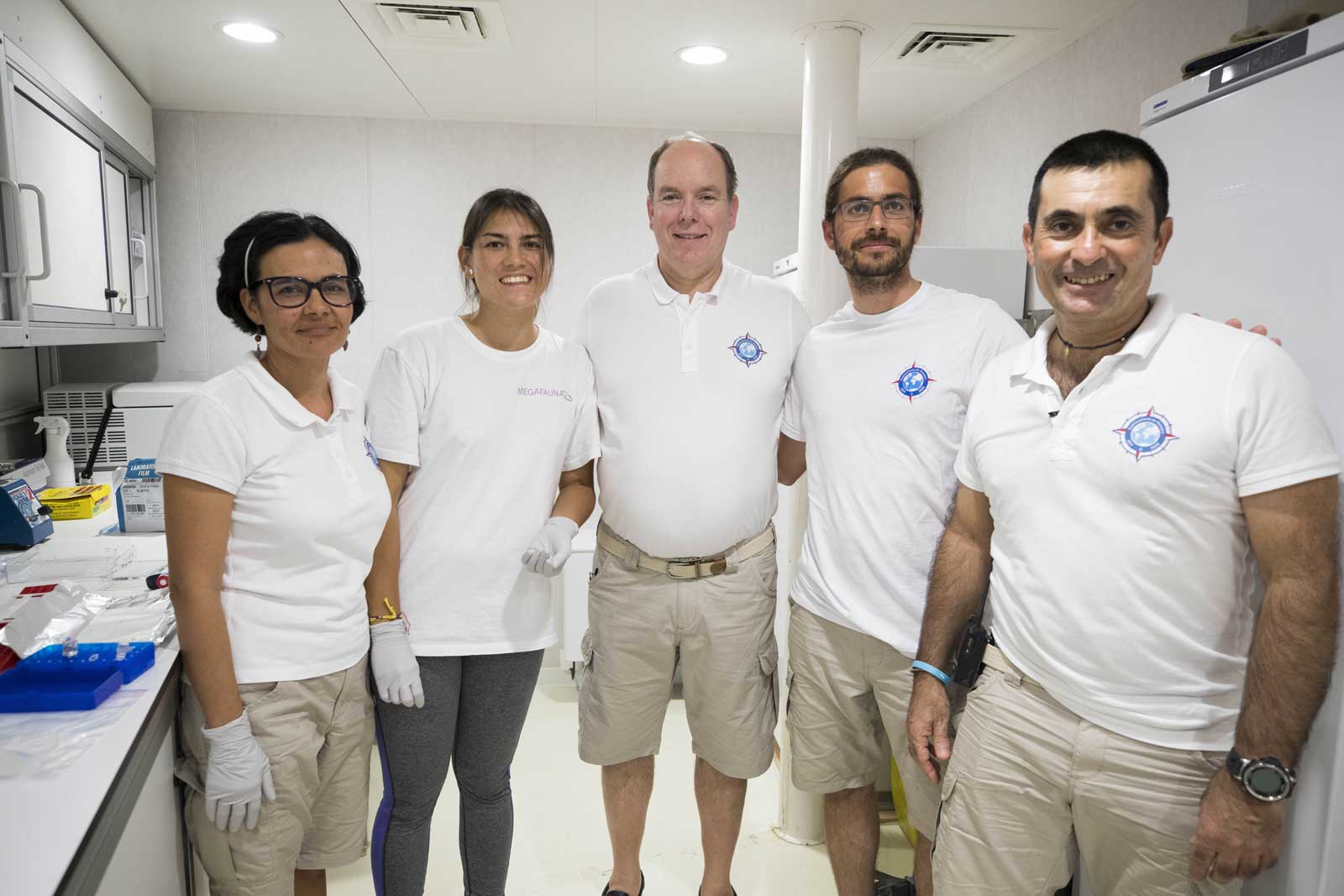
Environmental DNA (eDNA) is genetic material originating from organisms. This material can be filtered from water samples. It comes from feces, mucus, blood, and sloughed cells, tissue, and in some cases can be attached to particles. The Megafauna team issampling from locations near Malpelo’s coast and reefs.
In labs, the eDNA is extracted, amplified and sequenced. These sequences are analyzed to identify species present in the sampled seawater. It also helps to build a reference database to accurately identify species.

During our time in Malpelo we are focusing on two main initiatives: tagging hammerhead sharks with Fundación Malpelo, and biodiversity research via environmental DNA (filtering and sampling) and underwater camera footage with the Megafauna Consortium and Invemar Colombia.
I spent the day with part of the Megafauna Consortium team who filtered water to collect samples for eDNA analysis.
This is a group of university teams and businesses working together toward the goal of understanding biodiversity. This includes researching what processes shape biodiversity, as well as forecasting what factors such as climate change, overfishing, invasive species, pollution, etc. affect biodiversity and how.
The team onboard:
- Loïc Pellissier from ETH Zurich
- Régis Hocdé from IRD
- Florine Hadjadj from University of Montpellier
- Caludia Restrepo Ortiz from CNRS
- Jean Baptiste Juhel from University of Montpellier

Today the team worked to filter 30L of seawater over 5,000m transects multiple times. Each filter runs for 30 minutes. The megafauna team is looking specifically for information about sharks, rays, marine turtles, and marine mammals.
The filtering process
GPS coordinates are set to map the transect area and the lab area on the tender is completely sterilized to remove any trace of DNA.

The team prepares the filters and the batteries that run them.

The water is run through the filter for 30-minute increments. The team ensures the filters do not touch anything during the entire process.
After 30 minutes have passed and the area has been filtered, the team records the work, preserves the filter, and sets up for the next run.
The filters will be stored under refrigeration until they are brought to the laboratory in France where the samples will be amplified and sequencing will be applied to read the DNA and provide the team with the results.
